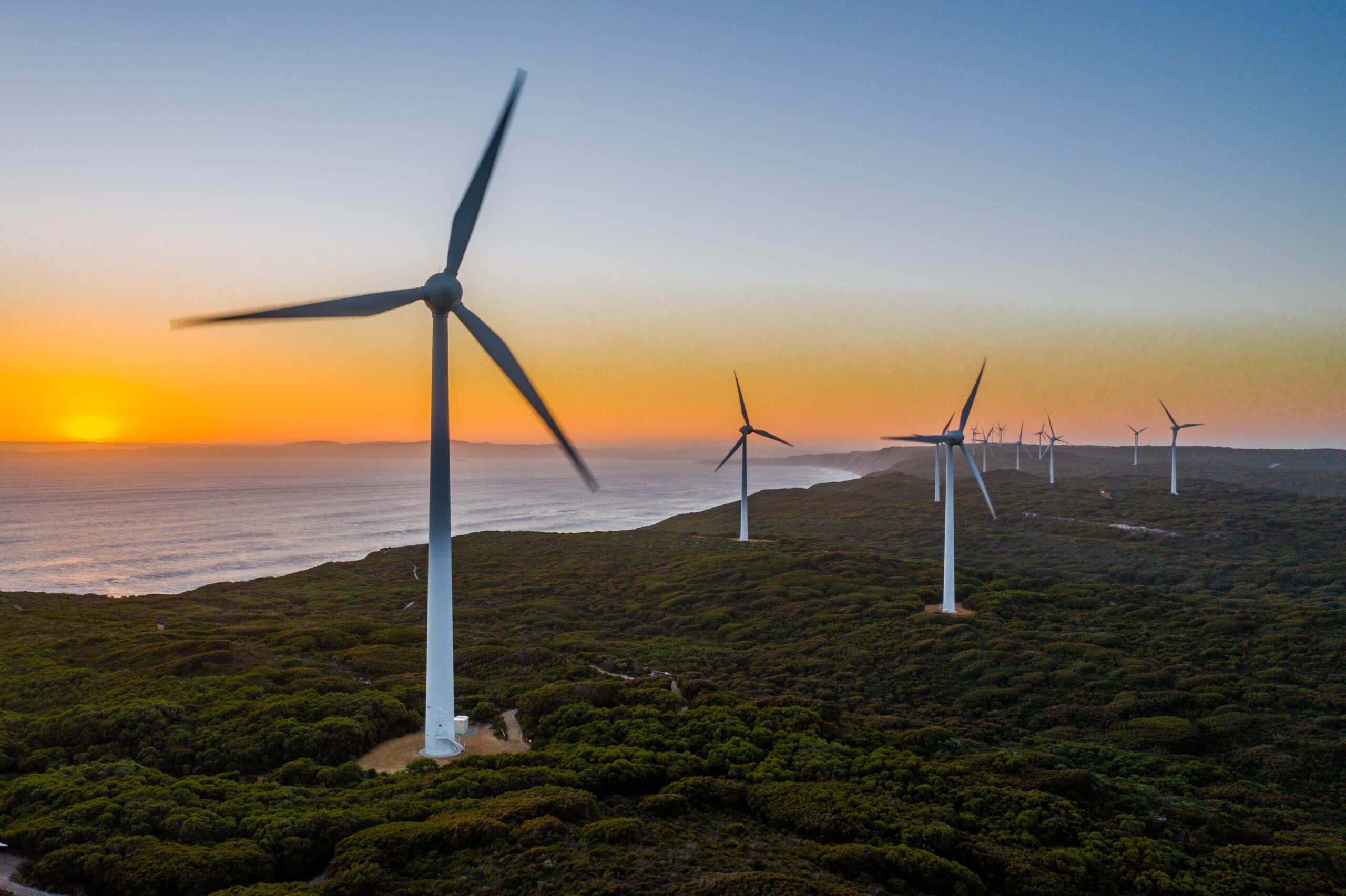You would be forgiven for missing the nuances released in the multiple papers released by the Department of Climate Change, Energy, the Environment and Water in late September. Under the heading of ‘Australian Hydrogen News’ there was a glimmer of hope we may indeed have some post RET certainty on the horizon.
In what was the smallest of the 4 papers, was the Renewable Energy Guarantee of Origin (REGO) scheme paper, which is associated with tracking renewable electricity generation.
Following on from the December 2022 paper which set out a framework for the REGO scheme, this paper is seeking views on timing, implementation and design of the scheme which is looking like it will come into effect in January 2025.
But it goes further, it strongly insinuates, that the aim of this new legislation is to provide certainty that the scheme will allow for the creation of renewable energy certificates, as per the current LGC and STC legislation but with additions post 2030. Thus, the REGO scheme will enhance the Renewable Energy Targets (RET) post 2030 when it will supersede the current legislations, but co-exist for the 5 years prior, “noting there are benefits to moving towards a single, enduring certificate creation framework.” and further it confirms the CER will continue to be the body which will administer it.
This news will be welcomed by many as the concerns around a combined “carbon equivalent” scheme both brought back memories of the old carbon taxes as well as concerns for the demand of ACCUs under the safeguard reforms exacerbating that value of carbon. If you were to include the Scope 2 emissions into that demand mix the governments proposed ceiling of $75/certificate (escalating annually) would in no doubt be reached.
Now the REGO scheme will not be changing any requirements under the RET scheme before 2030. But it is likely to remain in place until at least 2050, as such the investment certainty the market has been looking for may soon be in place. The two will co-exist with the RET liability still being required to be met by the LGC / STC component of your liability, but any voluntary surrenders above that level could be met via the REGO scheme. This could be beneficial as the changes could allow many more of these REGO certificates to be produced and thus hold the price at a softer level than the under demand LGC market. With voluntary surrenders also able to be moved out of this LGC market the demand for these certificates could also be reduced, with the hope these additional certificated could bring the value back to pre-social licence demand levels.
The changes being proposed will allow all electricity generation to be eligible to produce a REGO. This would include below baseline generation. It is noted whilst the REGO may be produced under this certain accounting methodologies, such as GreenPower would not use any of these certificates and schemes such as RE100 are likely to make changes which include further exclusion provisions for older generation power stations.
Another interesting inclusion into the REGO scheme is the further information around the inclusion of STC’s. With the increase in aggregated VPPs and orchestrated DERs the likelihood is post 2030, when most STC deeming periods expire, there is an opportunity to include these smaller schemes within the larger REGO scheme which could in turn create further issues. The reason being is a REGO will have a time stamp and the likelihood of us moving to a hourly matching requirement, is becoming much stronger in some industries. As such the consideration that the REGO is produced when 1MW is reached will not ultimately “match” the offtake it is matching which may cause issues for some stakeholders. However, it has to be assumed that if that is such a strong consideration for your internal stakeholders, they will not be matching their offtake from an aggregated small site portfolio?
One throw away comment in the paper but directly linked to this is “once the REGO scheme is in place with locational and temporal attributes, this could be used as the basis for further refinements to the NGERs market-based methodology.” Could we see post 2030 a requirement for NGERs reporting to move to hourly matching and if so at what cost to businesses? This is absolutely one to watch for in future papers.
Another interesting area being discussed is around offshore generation or export of generation which may be outside of Australia’s territorial waters. Whilst the paper defers a decision on this to the future paper “Electricity and Energy Sector Plan” they cannot defer for long as Sun Cables development shows the scenario will be emerging possibly before the legislation.
The one area they did elaborate on in slightly more detail is the position around how storage will have eligibility within the scheme. We are all acutely aware that no renewable grid can exist without significant increases in storage capability but with this comes significant opportunity for the owners of these facilities to participate in schemes such as this. The Department have on a high level proposed that the certificates produced will be “proportional to the certificates surrendered relative to the charging debit”. A fair definition, but as with all things the devil is in the detail, and we will be watching for the subordinate legislation which will outline this more comprehensively.
Overall, the paper offers little additional substance to what we knew in December, it offers slight clarifications but with the anticipated enactment of the legislation in 2024, and commencement on the 1st January 2025 businesses need to be aware of the changes being discussed and that they are not only applicable to the Hydrogen Industry, regardless of where the Department have decided to place them in consultation.
